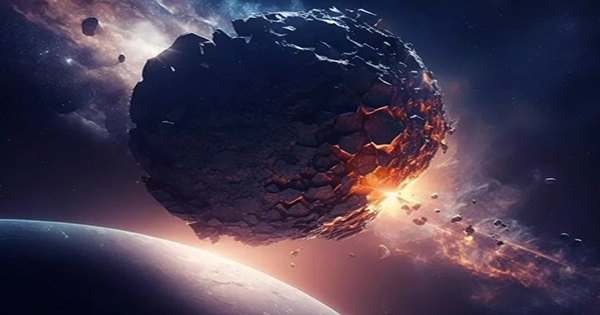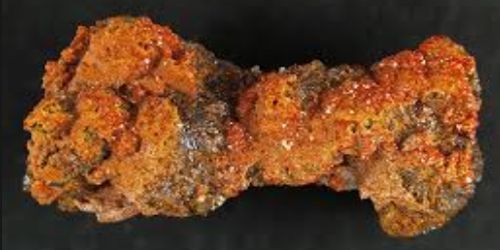About four billion years ago, the earliest traces of life in the form of microorganisms appeared on Earth. It is obvious that the advent of life is tightly linked with the chemical and physical properties of early Earth, even if scientists are still trying to pinpoint exactly when and how these bacteria first formed.
According to Dustin Trail, an associate professor of earth and environmental sciences at the University of Rochester, “It seems plausible to suppose that life could have originated differently—or not at all.”
But what did Earth look like billions of years ago, and what features would have aided the emergence of life? Key details in the investigation are revealed in a report written by Trail and Thomas McCollom, a research associate at the University of Colorado Boulder. The study has significant ramifications for both the study of the beginnings of life and the hunt for extraterrestrial life.

We are in an exciting period where humanity is looking for life in other planetary systems and on other planets and moons, according to Trail. “However, we are still unsure of how or even when life on Earth first began. Our work, which identifies particular circumstances and chemical pathways that may have enabled the development of life, will undoubtedly play a significant role in the hunt for life beyond Earth.”
The importance of metals in the emergence of life: The study of genes and their functions, proteomics, which is the study of proteins, and metallomics, a newly emerging field that examines the crucial role that metals play in carrying out cellular functions, are just a few of the disciplines that are typically used in research into the origins of life. Trail and McCollom sought to know what metals would have been present when bacteria first emerged billions of years ago because the needs for particular metals altered as life evolved.
Because there haven’t been any studies that provide geologically solid constraints on metal concentrations of fluids for the earliest periods of Earth’s history, Trail says, “scientists have generally assumed all metals were available when hypotheses are proposed for different origin-of-life scenarios.”
The lithosphere, the outer layer of the Earth that includes the crust and upper mantle, was investigated by Trail and McCollom billions of years ago in order to remedy this flaw. These lithospheric fluids are important conduits for the movement of dissolved minerals and rock fragments between the interior of the Earth and the hydrothermal pools on the surface, where microbial life may have originated. Although scientists cannot directly measure the metals that were present billions of years ago, they can infer what metals—and the concentrations of the metals—might have been transported between Earth’s interior and exterior during the period when life first appeared on the planet by analyzing the fluid properties.
Clues in billion-year-old minerals: Often, the only direct sources of knowledge about Earth’s early past are rocks and minerals that are billions of years old. This is due to the fact that when they form, rocks and minerals preserve information about the makeup of the Earth.
In order to determine the oxygen pressure, chlorine content, and temperature of the lithospheric fluids billions of years ago, the researchers carried out high-pressure, high-temperature experiments and applied these results to early-Earth zircons, a durable type of mineral collected at sites in Western Australia. After that, they enter this data into computer models. They were able to mimic the characteristics of the lithospheric fluids using the models, which allowed them to determine which metals might have passed through the fluids and reached the hydrothermal pools at the Earth’s surface.
Understanding how life originated: The results of the model simulations astonished the researchers. For instance, many experts on the origin of life believe that copper played a role in the chemistry that may have given rise to life. However, Trail and McCollom were unable to discover any proof that copper would have been plentiful given the limitations of their investigation.
Manganese was one metal they tested that might have been present in significant proportions. Manganese today aids enzymes in the breakdown of cholesterol and carbohydrates and helps the body produce bones, despite being rarely taken into account in theories about the origin of life.
“Our research shows that metals like manganese may function as important links between the ‘solid’ Earth and emerging biological systems at Earth’s surface,” Trail says.
According to Trail, the research will enable researchers to look into the origin of life to provide more specific data for their tests and models.
The origin of life will be better understood through experiments created with this knowledge in mind.















